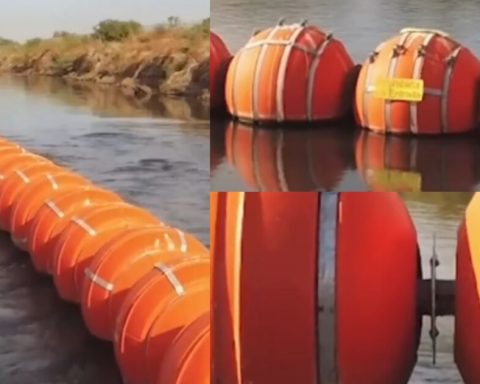Carolina Gomez Mena
Newspaper La Jornada
Thursday, May 19, 2022, p. 13
Virtuality in education led to 66 percent of university students will purchase between one and two devices to be able to attend their classes remotely
, the most notable purchases were laptops, smartphones and tablets. Likewise, seven out of 10 had to expand their Internet services, revealed the Survey of Distance Education Habits, a panorama two years after the covid-19 pandemic.
In the survey carried out by experts from the Tecnológico de Monterrey to students from public and private universities, it was shown that 70 percent
of the students have felt invasion of privacy
faced with the need to turn on the cameras to take classes.
Leonardo Glasserman, a researcher at the School of Humanities and Education, cataloged revealing fact
the feeling of invasion of their privacy when they were asked to turn on the cameras, because they showed what they had in the back
but, he mentioned, some solved it using a virtual background, adding that 76 percent saw that the pandemic was affecting their learning
.
However, nine out of 10 university students recognized the commitment from teachers
They noticed that these they spent time and effort
to teach your classes remotely.
Carlos George, from the Educational Innovation Research Group at Tec de Monterrey, indicated that 700 days of the pandemic
should not miss the accumulation of experience and digital capital left behind by non-face-to-face teaching models. These two years we have advanced like never before in the use of digital tools to strengthen learning
.
That is why “we suggest that the study habits that were strengthened or emerged should be used in this time of academic presence. What was done during the pandemic is not at odds with what can be done afterwards.
The use of virtual reality tools can continue to be useful in face-to-face environments, there is no need to make a segmentation between face-to-face and non-face-to-face.
Although at first there were doubts about the technological skills of teachers and many were acquiring skills and abilities, 82 percent of the students considered that their teachers have shown broad mastery of the use of technologies for learning and knowledge in educational environments. distance,” Glasserman said.
He noted that 90 percent of the students considered that universities should balance learning strategies with face-to-face and non-face-to-face activities.
The survey was conducted among 3,000 university students, both undergraduate and postgraduate. Half of the sample was students from public institutions, there was equity in the number of women and men consulted and non-binary gender was also taken into account.















